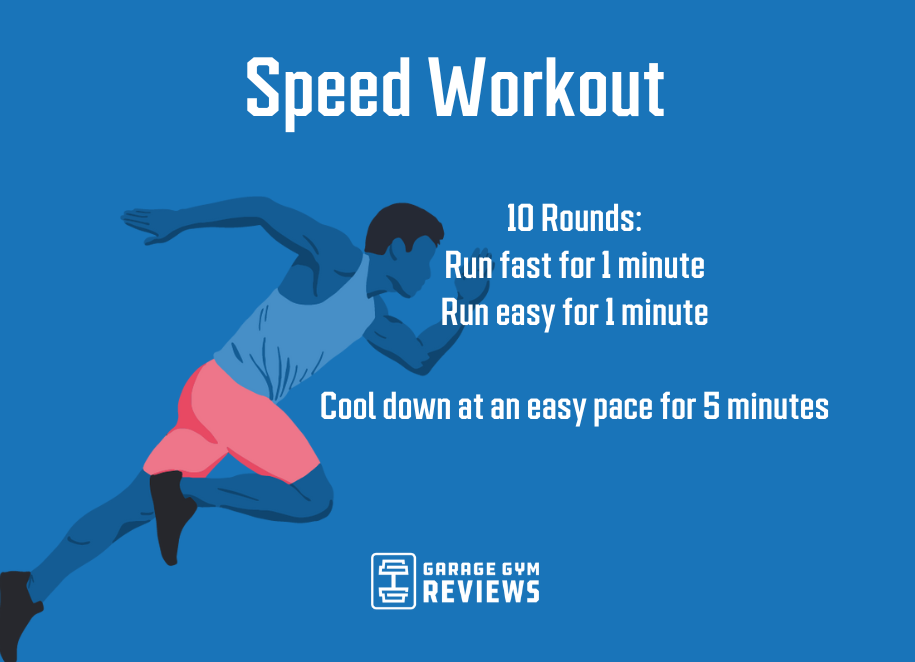Turbocharge Your Runs: Open Your Prospective with Strategic Running Workouts
Getting Over Discomfort in Operating: Strategies and Methods That Work
Discomfort is a common companion for several runners, frequently acting as an obstacle to attaining their desired goals. With the right approaches and methods, it is possible to overcome and also avoid the pain associated with running. By discovering numerous methods such as understanding the various kinds of running discomfort, optimizing footwear and form, integrating cross-training and strength exercises, executing reliable recuperation methods, and keeping correct nourishment and hydration, runners can possibly minimize their pain and enhance their overall running experience.
Comprehending Different Kinds Of Running Pain

An additional sort of running pain is joint discomfort, which can manifest as a sharp or achy discomfort in locations such as the knees, hips, or ankle joints (running strategy). Joint discomfort may be brought on by aspects like inappropriate running form, overuse, or underlying conditions like arthritis (more about it here). It is very important to differentiate between muscular tissue soreness and joint pain, as the latter might require medical interest to avoid additional injury
Comprehending the various types of running discomfort is important for effective management and avoidance methods to guarantee a safe and satisfying running experience.
Correct Shoes and Running Kind
To enhance performance and minimize the danger of running-related injuries, picking proper footwear and keeping proper running form are essential elements for runners of all degrees. It is suggested to pick running shoes that are specifically developed for the person's foot kind, running stride, and the type of running task they engage in.

Cross-Training and Stamina Exercises
Participating in cross-training and incorporating toughness exercises into a running regimen can substantially boost total performance and minimize the chance of injuries. Cross-training, such as cycling or swimming, aids enhance cardiovascular fitness while offering running muscular tissues a break from repetitive influence. It additionally aids strengthen different muscular tissue teams, leading to better total body conditioning. Strength workouts, like squats, lunges, and core workouts, play a crucial role in maintaining muscle mass and improving running efficiency. They can remedy muscle inequalities, enhance agility, and increase power output, all of which are necessary for running performance.
Incorporating cross-training and stamina workouts right into a running regimen ought to be done purposefully. It is very important to allow for ample remainder in between running sessions and cross-training activities to avoid overuse injuries. In addition, concentrating on proper form and technique throughout strength exercises is vital to maximizing their advantages and decreasing the risk of injury. By integrating these components into a running routine, runners can build a more powerful foundation, boost efficiency, and enjoy a more sustainable running experience.
Recovery and Rest Strategies
Having established the importance of cross-training and strength workouts in a thorough running regimen, attention can currently be guided in the direction of Recovery and Relax Methods as integral components for enhancing efficiency and reducing the risk of injuries. (running workout)
Healing after running is essential for muscular tissue fixing and growth. Techniques such as foam rolling, stretching, and massage therapy aid in reducing muscle discomfort and improving adaptability. Appropriate remainder in between runs permits the body to recuperate and adjust to the physical stress and anxiety, avoiding overuse injuries.
Integrating active healing days into a training routine, where low-intensity activities like strolling or biking are executed, can boost blood flow and promote healing without placing excess pressure on the muscle mass. In addition, proper hydration and nourishment play a vital function in the recovery procedure by renewing shed liquids and nutrients.
Quality rest is one more crucial element of recovery that should not be ignored. Throughout rest, the body goes through repair and regeneration procedures, adding to total physical and mental wellness. By focusing on recuperation and remainder methods, runners can preserve ideal performance degrees and lower the likelihood of experiencing discomfort or injuries.
Nutrition and Hydration for Runners
Carbs provide power for running, while healthy proteins aid in muscle mass repair and healing. Ample hydration is also necessary to maintain ideal efficiency, as also mild dehydration can negatively affect running efficiency. Additionally, timing meals and treats suitably before runs can help stop stomach pain and provide the required power for peak efficiency.
Verdict
Finally, by understanding the different sorts of running discomfort, putting on correct shoes, maintaining appropriate running type, integrating cross-training and toughness workouts, focusing on recuperation and rest, and focusing on nutrition and hydration, joggers from this source can properly overcome discomfort and improve their performance. Implementing these techniques and methods can assist runners avoid injuries, improve their endurance, and eventually delight in a much more satisfying running experience.